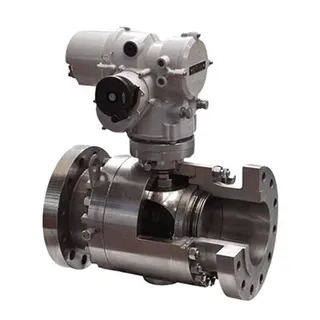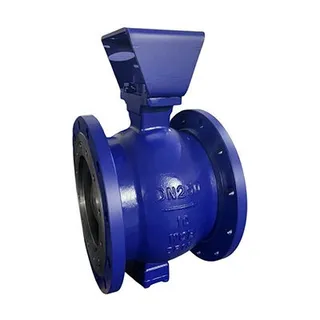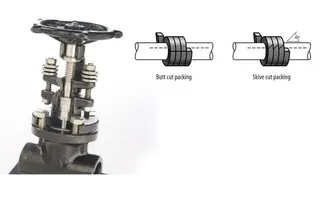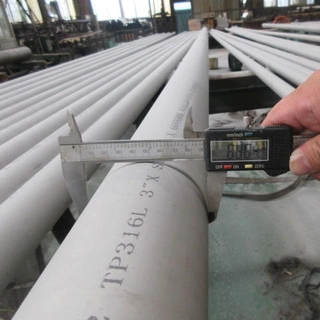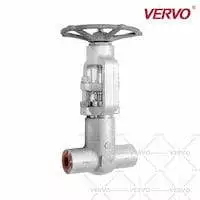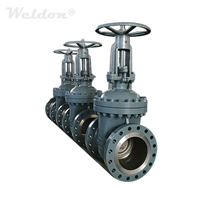Installation of welded ball valve
Buried all-welded ball valves are integral components widely used across various industries, including urban gas, heat supply, petrochemical, shipbuilding, and power plants. These valves offer superior quality and performance compared to traditional cast steel ball valves, particularly in terms of service life and reliability. Their all-welded design ensures durability and resistance to external stresses, making them ideal for harsh environmental conditions.
Pressure Testing Before Buried All-Welded Ball Valve Installation
Pressure testing is a crucial step to ensure the integrity, safety, and reliability of buried all-welded ball valves before they are installed in pipelines.
1. Strength Test
Before installation, a strength test is conducted to ensure the valve's integrity. Water is used as the medium, and pressure is boosted to 1.5 times the valve’s nominal pressure for 15 minutes. The test is deemed successful if no leakage occurs.
2. Tightness Test
A tightness test using nitrogen is performed by injecting nitrogen into the ball valve and increasing pressure to 1.1 times the nominal pressure. The valve is checked for leaks with a water container. No bubbles within 5 minutes indicate a pass.
Installation of Buried All-Welded Ball Valve
Proper installation of buried all-welded ball valves is essential to ensure their long-term performance, reliability, and safety. Below are the key steps for correct installation.
1. Hoisting
Proper hoisting techniques should be used to prevent damage to the valve stem. The lifting chain should not be tied to the handwheel, gearbox, or actuator. Protective caps at both ends of the valve sleeve should remain intact until welding is complete.
2. Welding
The valve is welded into the pipeline. The weld quality must meet radiographic standards. To ensure proper installation, sleeve pipes of at least 1 meter in length should be attached to both ends of the valve. The valve should be in the fully open position during welding to prevent damage from welding slag, and cooling measures may be required to protect internal seals.
3. Masonry of Valve Well
The valve is coated with a special anti-corrosion coating before being buried. Additionally, pipes for emergency grease injection, venting, and valve rod extension are included for operational ease. Unlike conventional valves that require large valve wells, buried all-welded valves allow for smaller, more accessible valve hand wells.
Maintenance of Buried All-Welded Ball Valve
To ensure optimal performance and extend the service life of buried all-welded ball valves, regular maintenance is crucial. Below are the key aspects of maintaining these valves.
1. Operation
To prevent buildup and excessive wear, the valve should be operated frequently. Quick opening and closing may damage the valve stem, while slow operation can lead to wear on the valve seat. The opening and closing time should be within the range of the valve's nominal size.
2. Daily Maintenance
Regular cleaning of the valve seat cavity is crucial to maintain valve function. The valve's tightness should be checked annually through the drain nozzle. Auxiliary gas trunk line valves should be opened and closed at least once a year to prevent the ball and valve seat from seizing or grinding.
Conclusion
Buried all-welded ball valves offer significant advantages, including enhanced stress and geological disaster resistance, extended service life, and minimal leakage risk. Their integration into gas transmission pipelines not only improves reliability but also simplifies installation and maintenance. Their advanced design ensures long-term performance and operational convenience across various applications.
Send your message to this supplier
Related Articles from the Supplier
Installation of welded ball valve
- Dec 14, 2024
Installation and Maintenance of Electric Ball Valves
- Dec 14, 2024
Features and Installation of V-type ball valve
- Dec 14, 2024
Precautions For Installation And Use Of Ball Valves
- Dec 14, 2024
Classification Of Ball Valves
- May 03, 2018
Precautions For Butterfly Valve Installation
- Dec 14, 2024
Related Articles from China Manufacturers
Industrial valve and pipe installation instructions
- Oct 13, 2019
Installation Notes of Reducer
- Aug 24, 2015
The Installation Notes of Wafer Check Valve
- Feb 25, 2017
Installation of Valves
- May 09, 2023
Installation Regulations of Pipeline Valves
- Nov 23, 2021
Installation of Spiral Wound Gaskets
- Apr 02, 2023
Ten misunderstandings of Installation of Valves
- Mar 19, 2021
Related Products Mentioned in the Article
Zhejiang Kosen Valve Co., Ltd.
- https://www.kosenvalve.com/
- Address: Dongou Industrial Zone, Oubei, Wenzhou, Zhejiang, China
- Phone: 86 577 5798 7171
- Business Type: Industry & Trading, Manufacturer,
Supplier Website
Source: https://www.kosenvalve.com/installation-of-welded-ball-valve.html


